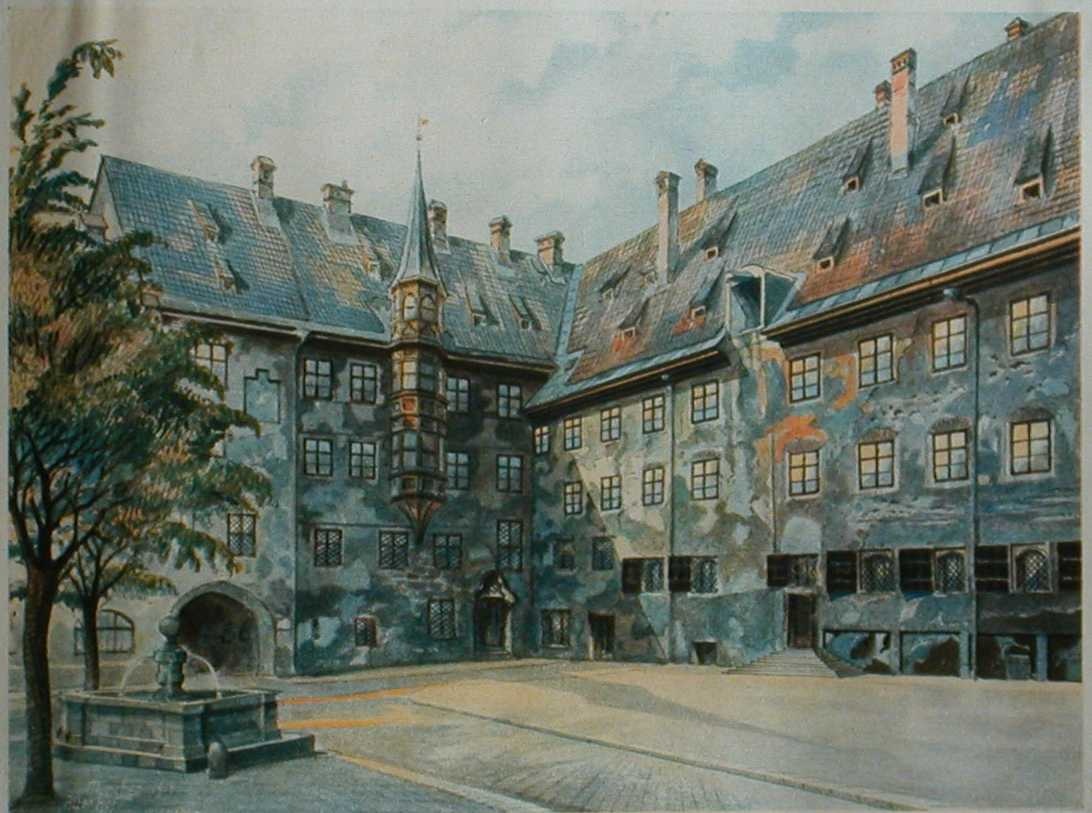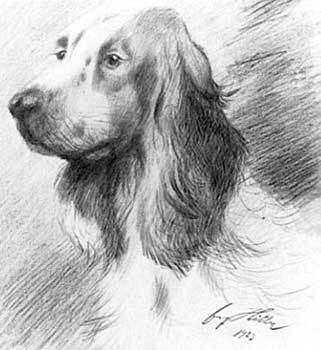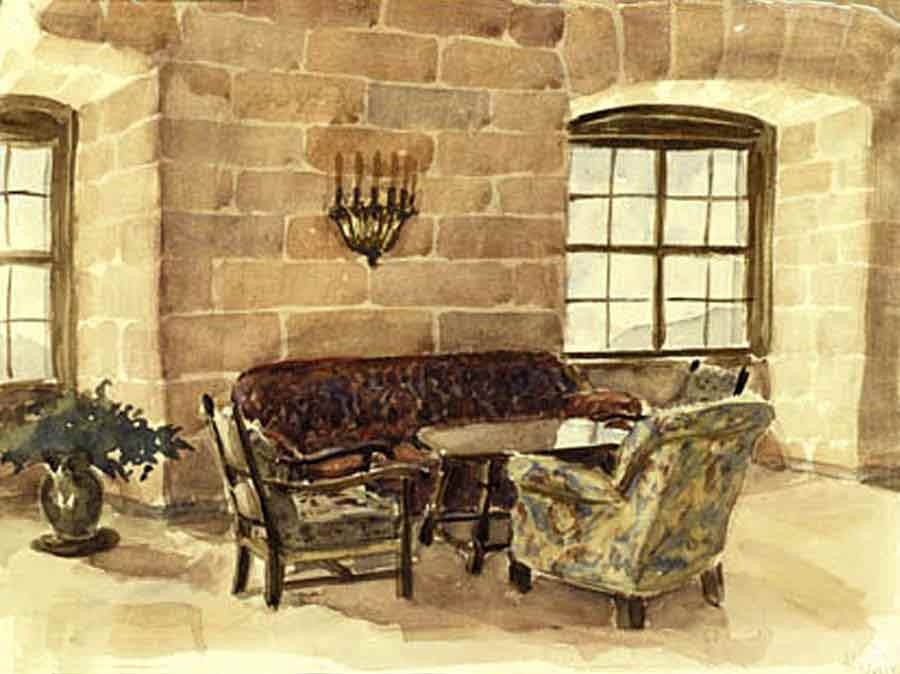"There are more valid facts and details in works of art than there are in history books." |
"A picture is worth a thousand words." |
"Photography takes an instant out of time, altering life by holding it still." -Dorothea Lange |
"Painting is just another way of keeping a diary." -Pablo Picaso |
"Music happens to be an art form that transcends |
Art is the greatest form of human expression. Through all art forms we can empathize, or understand, the stories of our existence. It is with this idea in mind that we will approach World War I, World War II, The Korean War and The Vietnam War, together. Before we begin our journey, try to understand what story lies behind each work of art. Here are some questions for consideration.
1. Who created the art?
2. Why did they create it? Was it commissioned?
3. What is their motive?
4. Who are the people pictured?
5. What is happening in the background of the work?
6. What do the people/background show?
7. What was being experienced in the moment that has been captured?
8. If you had shared this experience, what story would you tell?
9. How would you have told it?
History Preview
|
Many works of art are considered to be very valuable. However, not all art is obtained justly. Take a look at how some of the greatest works of art were stolen by the Natzi Party during World War II.
|
Interesting Fact: Aside from their monetary value, Hitler was interesting in art because his classical training as an artist. As a youth he attended school to become a painter. While he was classically trained, his amateur capabilities prevented him from being a successful painter. Let's take a look at some of his work.
|
To find out more interesting stories between history and art, check out the link below.



